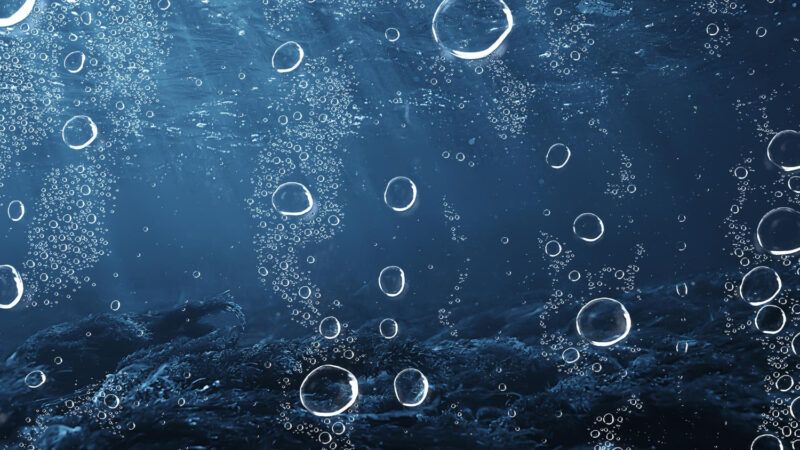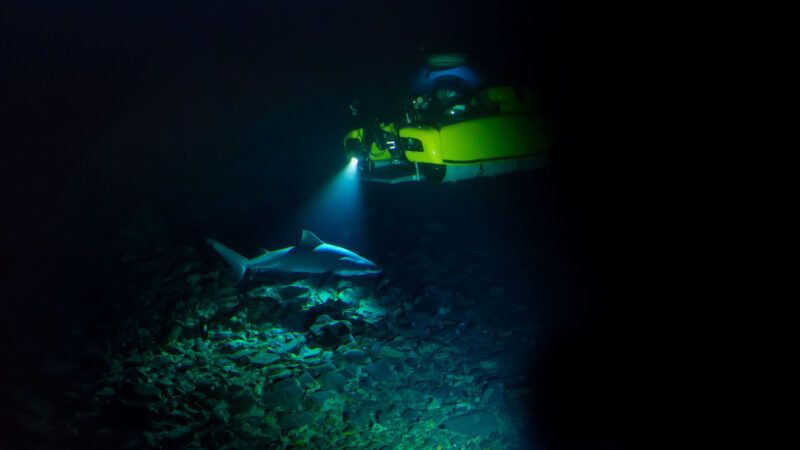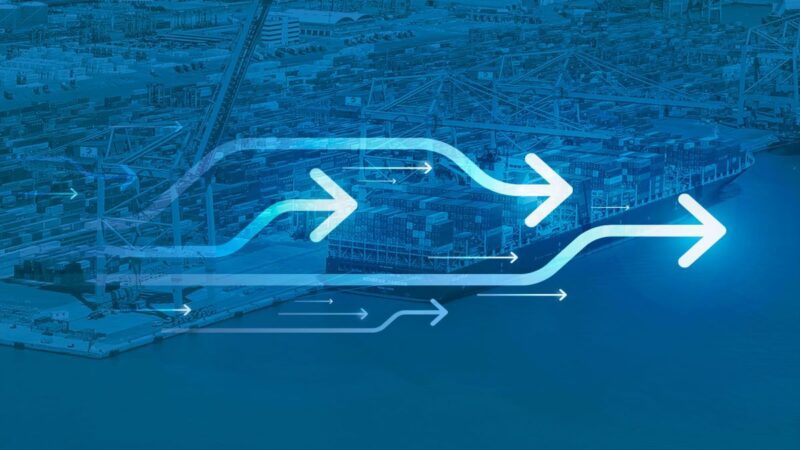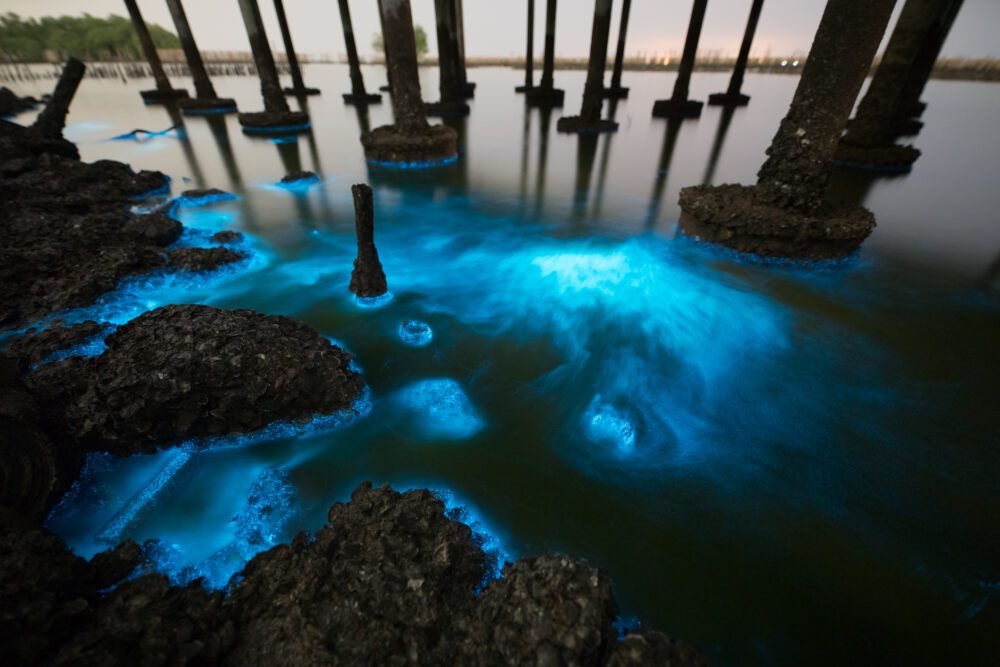
Plankton, solution to environmental challenges
Plankton play a crucial role in our planet, but the lack of data and knowledge prevents its potential to be exploited. The Plankton Manifesto, promoted by the UN Ocean Stewardship Coalition, promotes the importance of plankton in the fight against biodiversity, climate change and pollution crises and proposes actions to understand and protect it.

The importance of an almost invisible world
The word plankton refers to that which gets carried away: it comes from the Greek adjective πλαγκτόν [planctós], meaning wandering, unstable, straying. In the early chapters of Earth's history, this assemblage of mainly microscopic organisms floating in salt and fresh waters was responsible for the transformation of our planet into one with the atmospheric oxygen necessary to enable the life of complex multicellular organisms, such as humans.
Today, plankton represents 90% of the biomass present in the open sea. In one liter of seawater there can be billions of planktonic life forms, and copepods alone, small crustaceans that are part of it, outnumber all other groups of multicellular animals on Earth. Plankton play a vital role in carbon absorption, produce oxygen and are the base of the food chain in the oceans. It also offers undiscovered opportunities for sectors such as food, medicine and biotechnology.
However, it is not given the attention it deserves. This is the premise of The Plankton Manifesto, a document promoted by the UN Ocean Stewardship Coalition and written and signed by plankton experts from around the world. It calls for increased visibility of the role of plankton, awareness of its importance, and research and knowledge about it.
The paper describes how a better understanding of these organisms can help develop strategies to address the triple planetary crisis: biodiversity loss, climate change and pollution. However, they note, the importance of plankton remains largely ignored and absent from global research and discussions related to the blue economy.
“Little attention is paid to plankton because it is invisible. It is very difficult to publicize what plankton is, because being microscopic it is not seen, it is not everyday, it is not a tree that you see from the window of your house,” explains Esther Garcés, a researcher at the Institute of Marine Sciences ICM-CSIC. “To pay attention to it you have to have a relationship with the sea and understand that there are microorganisms that are producing chlorophyll, oxygen, that have the same function as a tree in the forest.”
Added to this are the difficulties that arise when conducting research at sea, in relation to the opportunities that exist in terrestrial ecosystems. “In the sea, research is complicated because other instruments and other infrastructures are needed; it is not accessible and it is expensive. There are more difficulties when it comes to sampling, studying biodiversity or understanding the interactions that organisms have, for example,” explains Garcés.
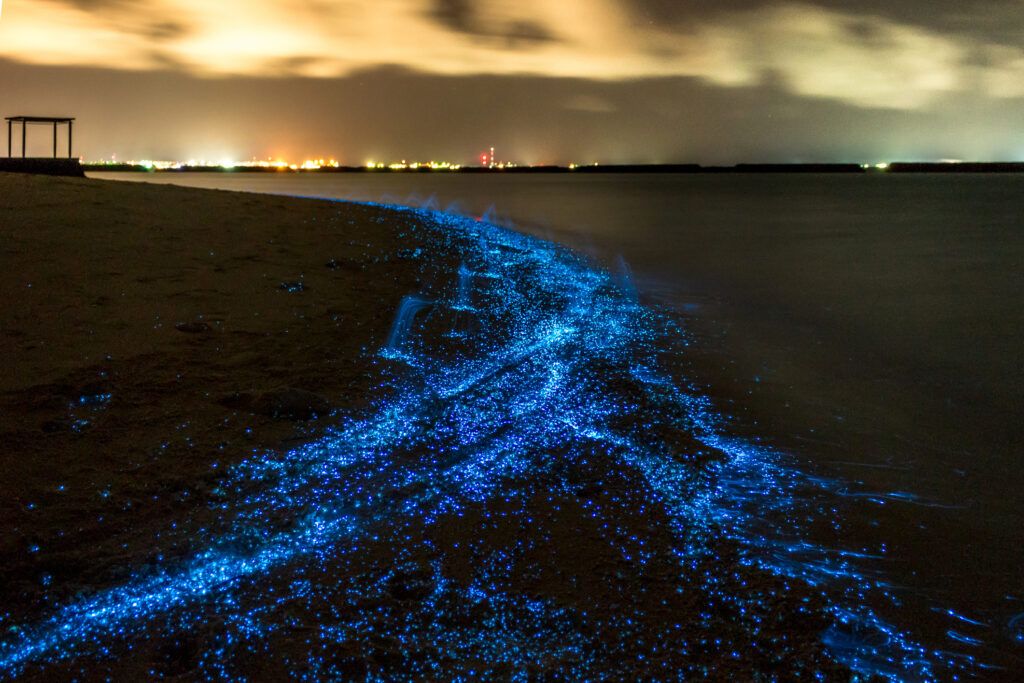
Threats and solutions for plankton
Human activities modify both the physics and chemistry of the ocean, which has a major impact on plankton. Aquaculture, fishing or transport, for example, threaten not only the biodiversity of plankton, but also the survival of the marine organisms that depend on it.
“The ecosystem is like a computer: we can delete a species as if it were a file, but deleting the plankton would be like touching the base of the computer. It will make everything fail... and the difference with a computer is that we have no backup for our planet,” says Federico M. Ibarbalz, of the Center for Marine and Atmospheric Research (CIMA/CONICET-UBA) in Buenos Aires (Argentina) in the manifesto.
For Garcés, plankton threats begin on land and affect the coastal zone in particular. “We need to understand the land-ocean interaction. All the nutrients that arrive through rivers, runoff and groundwater and that have their origin in activities such as agriculture or livestock farming are altering the concentrations in the water and can affect planktonic communities. This is what we call eutrophication,” she explains, adding that the consequences can vary greatly depending on the location and nutrient concentration levels.
“But in addition to eutrophication, there are other impacts, such as those derived from transportation or fishing. If we look at climate change, temperature change will also affect the distribution of plankton populations,” she adds.
Currently, according to the authors of the manifesto, there is consensus that plankton biodiversity is changing, but it is uncertain whether it is declining. To be certain, more research is needed. “The first step must be to know is what we have. Develop methodology identify, characterize and understand both the diversity and the spatiotemporal distribution of plankton. This is what the manifesto says: why don't we work to know it a little more and take advantage of it in some way?”, explains the ICM-CSIC researcher.
In the last ten years, they explain in the manifesto, promising technologies have emerged and been perfected to achieve this, such as satellite imagery, artificial intelligence or remote sensing. This is in addition to DNA sequencing. “For me, the most novel technology out there right now is satellites. They are giving us a snapshot and a characterization of the sea surface that we never had before and that help us understand the physics of currents and the distribution pattern.”, Garcés adds.
Ports, where water bodies and biodiversity have very specific conditions, can also play an important role in the search for solutions. The port of Plymouth (UK), for example, is closely linked to the Marine Biological Association, an institution that has been collecting plankton samples for study for decades.
Through the manifesto, the experts ask for more collaboration, more dissemination, that plankton be present in international debates and agreements (such as COPs) and that a global administration be created to protect and manage it, among other measures.
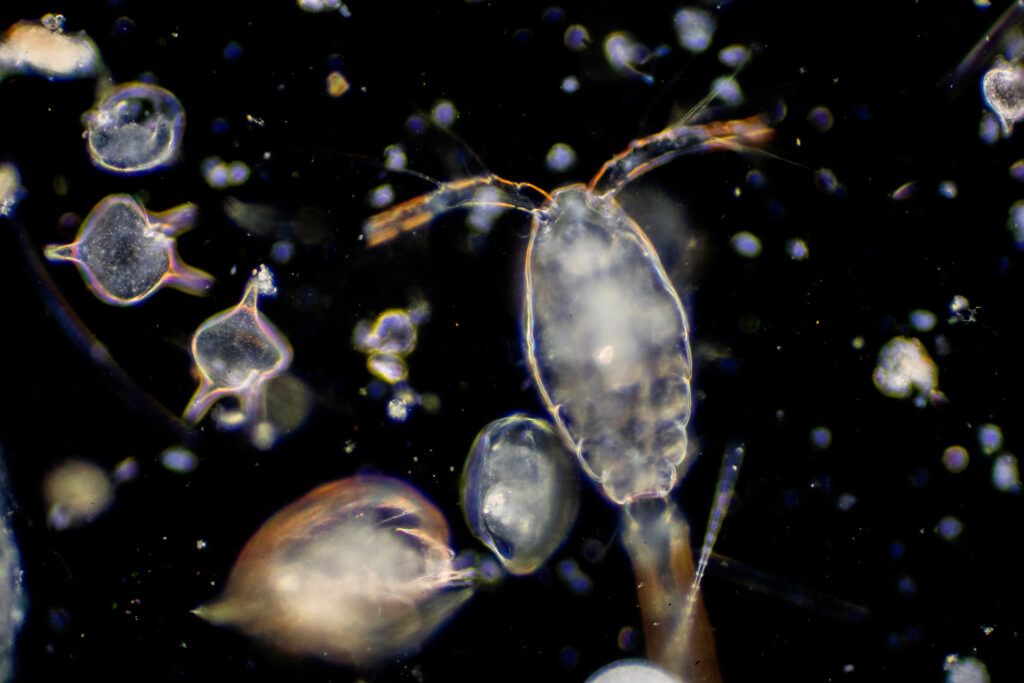
Plankton-based solutions
The Plankton Manifesto is based on the premise that controlled management of plankton has the potential to contribute to addressing the most urgent planetary crises, such as climate change, biodiversity loss and pollution. In relation to climate change, experts point out, plankton can absorb carbon and prevent it from accumulating in the atmosphere, become a possible basis for producing biofuels, and participate in the regulation of water and climate cycles.
In addressing the biodiversity crisis, they point out in the manifesto, plankton is essential. “It supports all forms of life in marine ecosystems, including corals, algae, sharks, whales and mussels,” they say, adding that photosynthetic plankton is the only producer of certain molecules essential for the development of higher trophic levels, such as lipids, some pigments and sugars. “It is the basis of a balanced and thriving environment,” the authors add.
Also in relation to the biodiversity crisis, the study of plankton-based solutions to limit the proliferation of harmful algae and the monitoring and management of communities to maintain coral ecosystems in good condition are proposed.
“It has been shown that ecosystems can be rescued by taking specific plankton microbiomes from healthy coral reefs and planting them on unhealthy ones, known as 'coral microbial transplant (CMT) experiments'. Similarly, kelp forests, which harbor an incredible diversity of coastal organisms, are highly dependent on the surrounding plankton communities. Therefore, management could be key to helping preserve ocean forests from the disturbances that are currently putting them at risk,” they explain in the statement.
Finally, pollution reduction comes into play. In this sense, the manifesto promoted by the Ocean Stewardship Coalition points out the importance of understanding plankton as a bioindicator of ecosystem health or the use of microalgae to promote water treatment. In addition to all this, there is the potential of plankton to create new food and medicine options, which could determine access to food and improve the health of societies in the coming decades.



